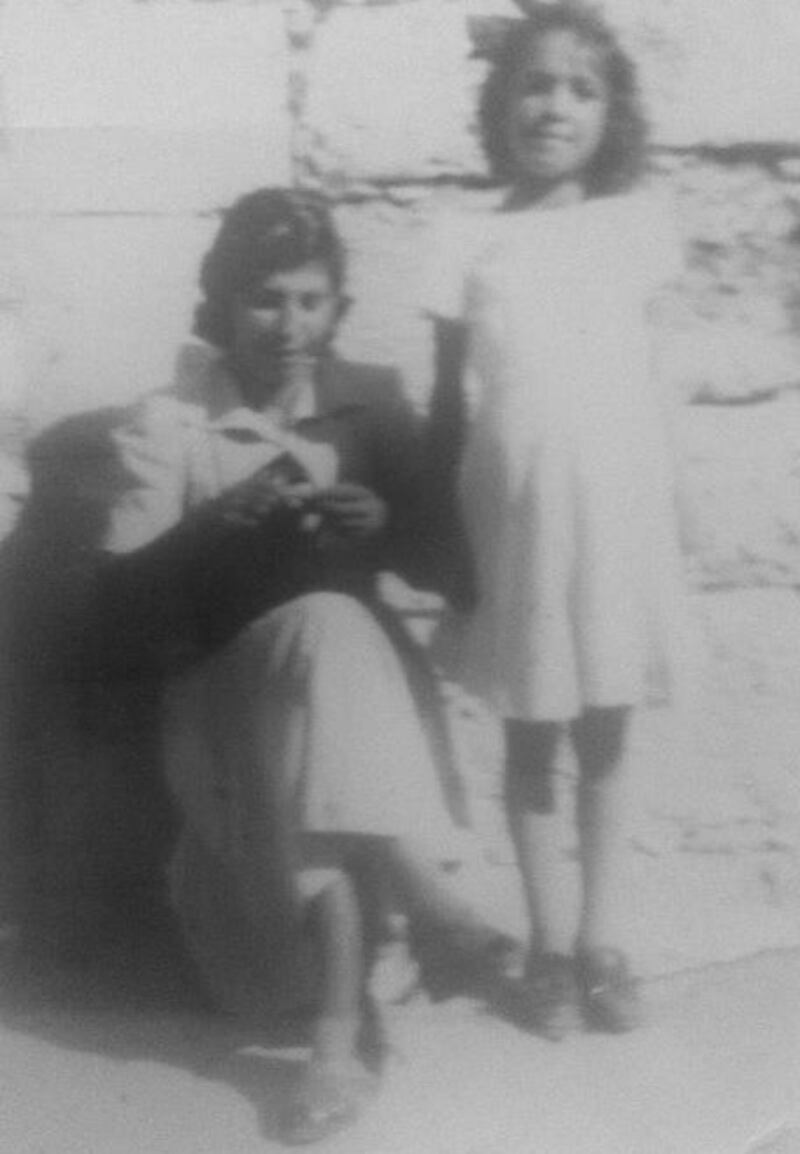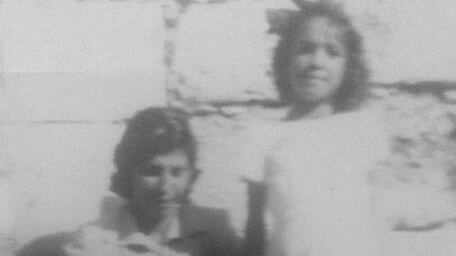This year, September 13 marks the twentieth anniversary of the signing of the Oslo Accords. It is also Yom Kippur. On this holiest day of the Jewish calendar—a day of atonement—I hope my Jewish friends will remember my Palestinian mother.Her story begins with an injury. In 1948, when she was four, my mother’s forearm was stripped to flesh by a tipped kettle. Cooled and dried, the wound scarred smooth as tanned leather. And in my first memory, I am a toddler kneading that taut skin, easing my colic into sleep.It was a kind of sacrament, I now think. In gentle touches, my mother and I learned: Hurt, eventually, heralds healing. But what becomes of wounds that won’t heal?

That question weighs heavy on my mother’s mind this week, as she and I recall two decades of failed U.S. attempts to help end the Palestinian-Israeli conflict—a conflict that has defined all but four years of my mother’s life.
She was still in her 40s when Yasser Arafat and Yitzhak Rabin shook hands on the White House lawn. But two decades on, as she approaches her 70s, my mother is beginning to reckon with the possibility that she will live out her life in exile.
She is not alone, of course.
My mother is part of the last generation of Palestinians born before 1948, when the creation of Israel displaced three-fourths of the Holy Land’s indigenous population.
That inescapable tragedy—displacing one people to shelter another—is the unhealed wound that sustains the Palestinian-Israeli conflict. Like any wound, it must eventually be exposed. And if it is to truly heal, Palestinians and Israelis must make of the scar a source of succor, not fear.
After all, my mother, like others of her generation, is no threat—not to those who know and love her and certainly not to an entire nation. For Christmas, she knits Bethlehem-themed ornaments and sells them at church bazaars. She stands at a plastic table, this woman from the Holy Land, and regales wide-eyed American children with tales of day trips to the Sea of Galilee.
That life of more than six decades ago is too far-gone, though. Like any person with more years lived than left, my mother is too wise to inveigh against the inevitabilities of time. Instead, like millions of her generation who remember a land before loss, what she really wants is something more elemental. She wants the right to access those memories, on her own terms, as she looks back on a life in waning.
But to revisit them, like any person should have the right to do, my mother needs permission—not from the quixotically named Palestinian Authority, but from Israel. That cruel reality, more than any other in the Palestinian-Israeli conflict, adds enduring insult to injury.
Still, my mother and I maintain hope that she can return someday, without the indignities of interrogation. Much of that hope, it must be said, derives from the Jewish experience. After all, what nation knows better the injustice of depriving a people of their history?
Some months ago, I gave a lift to an Israeli author whose grandfather’s signature is affixed to Israel’s declaration of independence. In the trunk of my car, where he had just put his suitcase, there was a box sealed well before my years and, in my mother’s scrawl, labeled: “History.”
My Israeli friend asked about the contents. But I couldn’t answer. Whenever I asked my mother what her History held, she demurred, saying only: “Keep it in a cool, dry place.”
I understood why when I opened it myself. In that box, I found hundreds of faded, yellowing photographs—my mother’s history, hidden all those years in sepia stills.

There she was—tomboyish and slight—beside her mother, who was stitching. And there were Solomon’s Pools, where my grandfather drowned.
These were the Holy Land’s apocrypha, I thought, subsumed for so long by another’s narrative. They told us: Ours was a land without a people. Ours was a desert, and they made it bloom.
But history, the images showed, had been sullied. They showed my mother, laughing on a terraced hill, land stitched with olive trees. They showed the vine, made famous not by wine, but by my grandmother’s stuffed grape leaves.
The lesson, I think, is this: the Holy Land holds histories that, with time, can be taught to coexist. My mother’s is one of them. As she navigates her own, inner peace process, I hope that one day, in her lifetime, it leads home.






